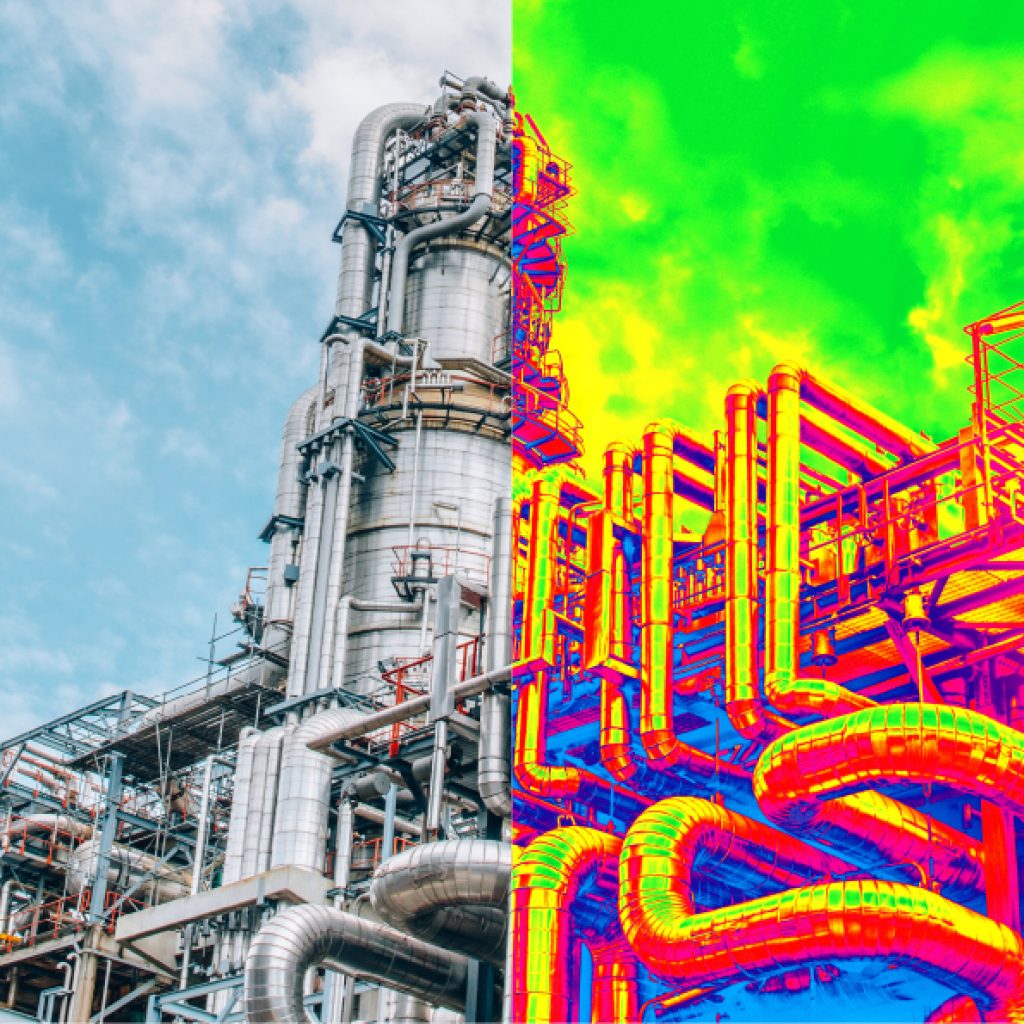
Thermographic inspection is a type of non-destructive inspection used to carry out tests and assessment on the plants. This service is based on the use of an advanced diagnostic technology that allows to detect the thermal variations in real time, analyse them and evaluate the performance of the examined system.
The thermographic inspection service offered by ASACERT is carried out through the use of an infrared camera that detects the temperature by measuring the intensity of infrared radiation emitted by the body (or object); once the results obtained have been analysed it is possible to find the presence of any damage to the pipes and systems without operating any type of invasive investigation or destructive test.
ASACERT uses the potential of the thermographic inspection service by offering its customers a useful tool for the diagnosis of numerous building dysfunction, including the locationing and mapping of leaks. Thermography can be used for the analysis of:
The thermal imaging camera is able to detect the temperature variations of the analysed objects, displaying absolute values and variations; the thermographic inspection process allows to highlight any break and spreading points, reducing the need for large destructive interventions through the precise identification of the anomaly.

ASACERT thermographic inspection service includes many complementary activities – from the document analysis to the intervention planning, from the digital storage of the thermographic images to the drafting of the Final Inspection Report with the graphic representation of any anomalies found.
Conducting audits using thermography guarantees many advantages, including the drastic reduction of intervention time and costs: the non-invasiveness of the thermography makes possible to operate on any type of pipe in a non-destructive way and without interrupting the system supply service.

Asacert - Assessment & Certification | P. IVA 04484450962 | Realizzazione siti web NautilusADV